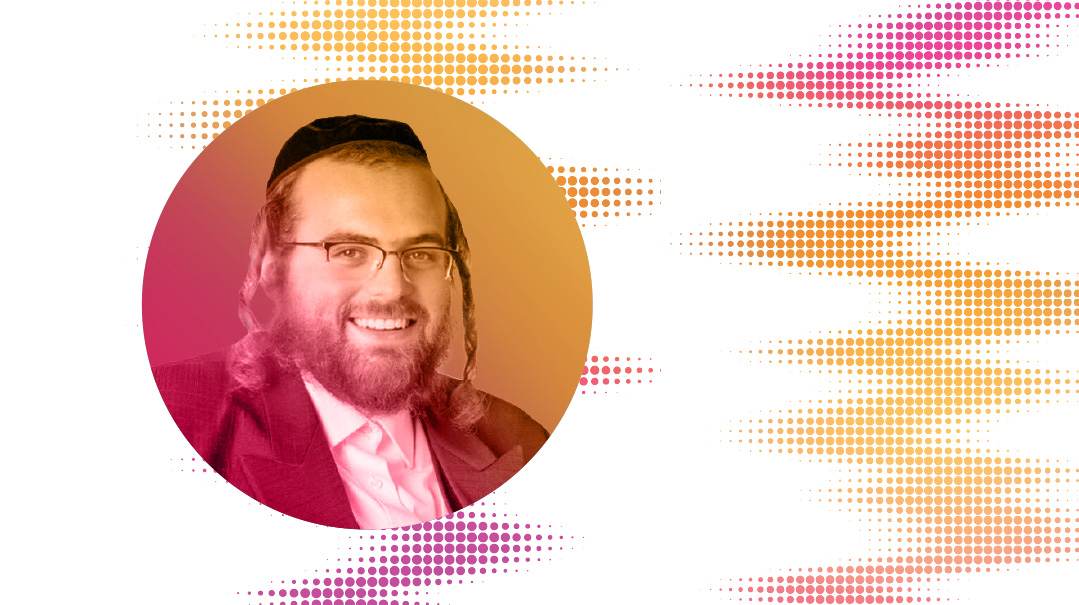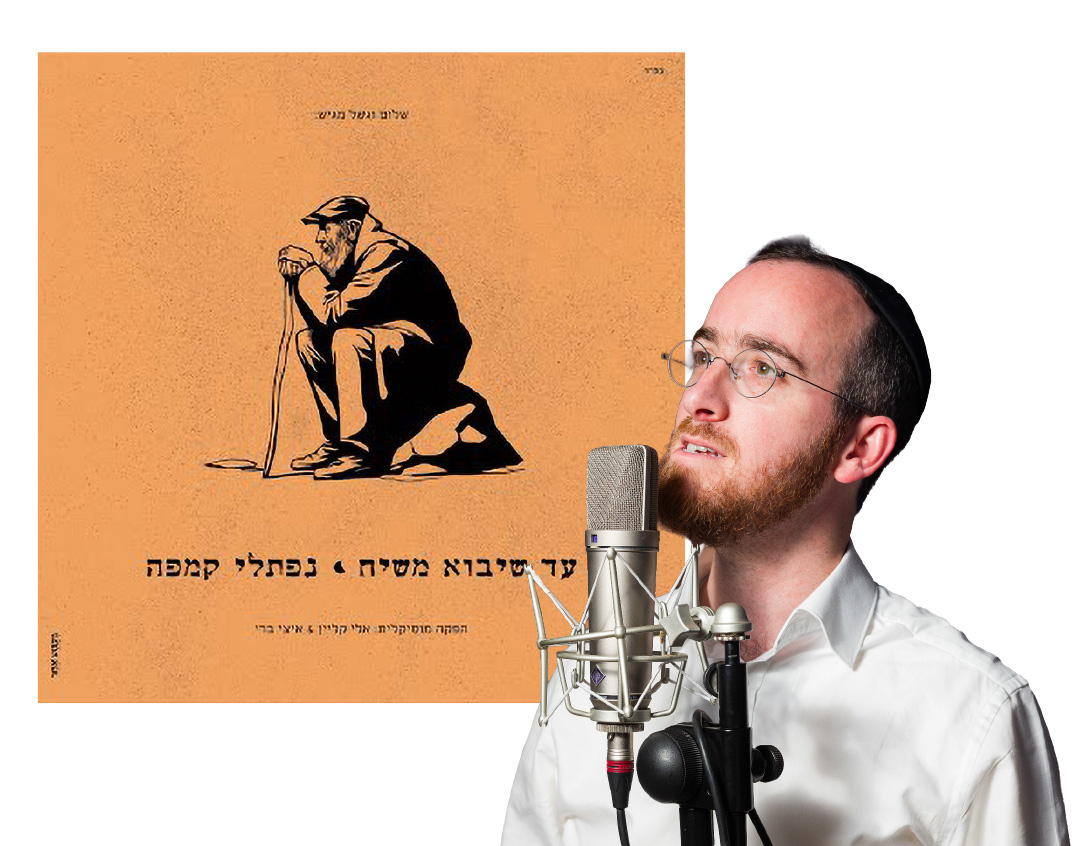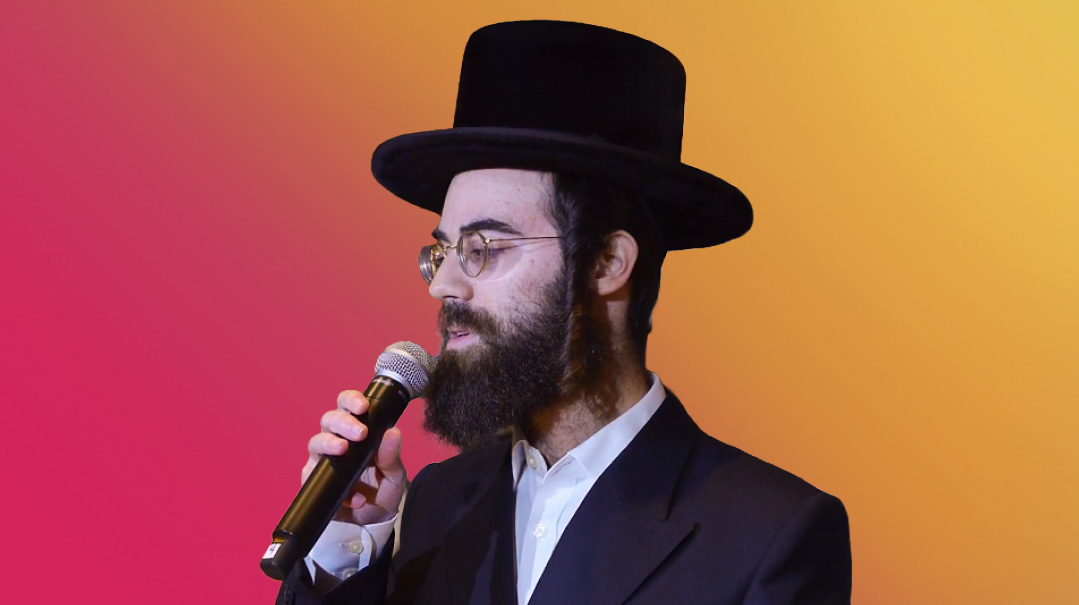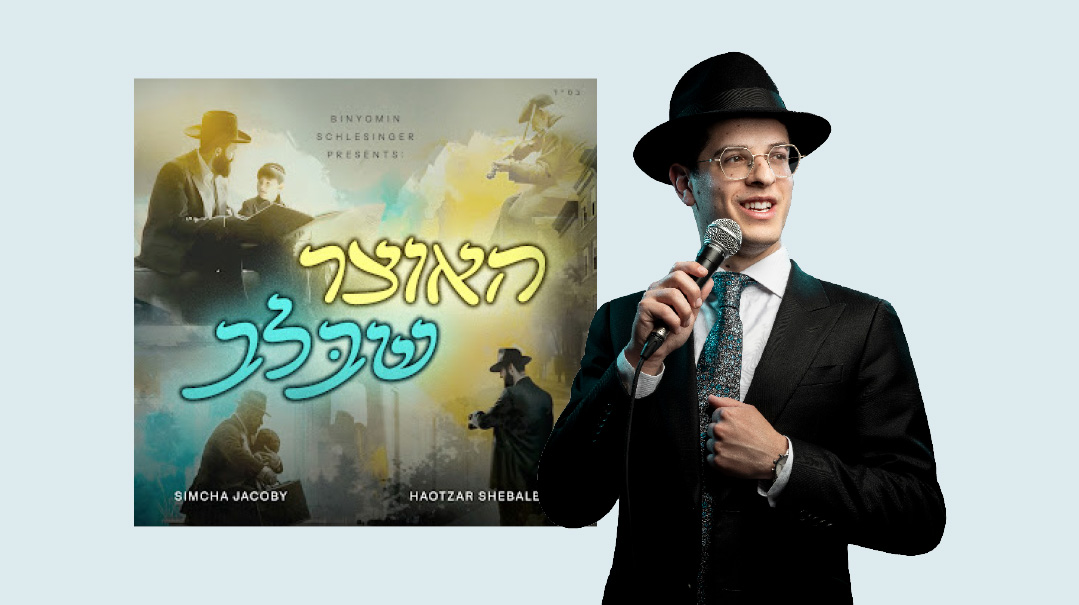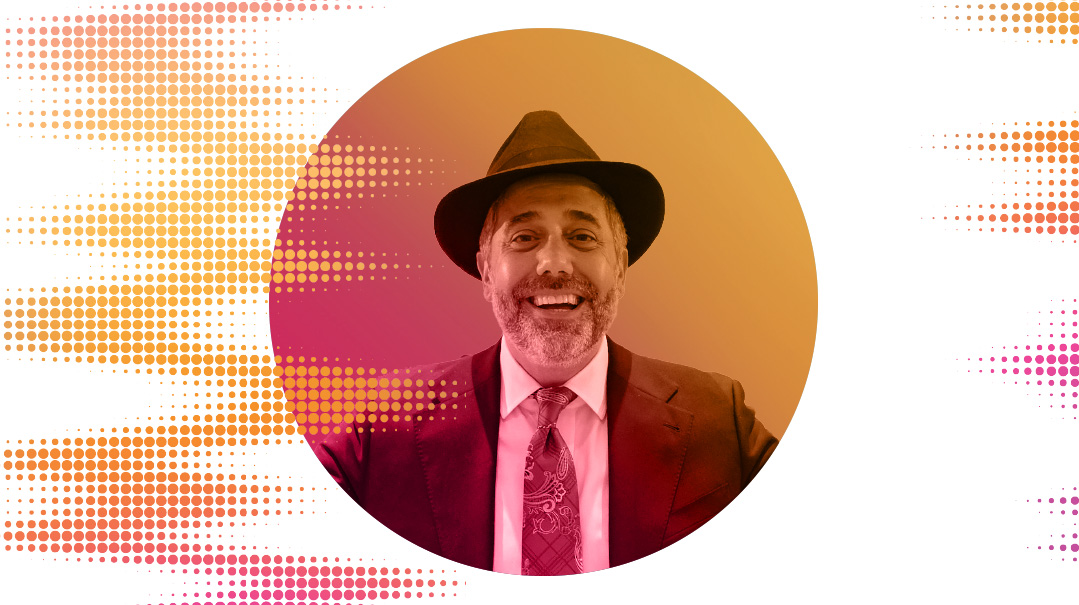The Sound of Repentance
| September 25, 2019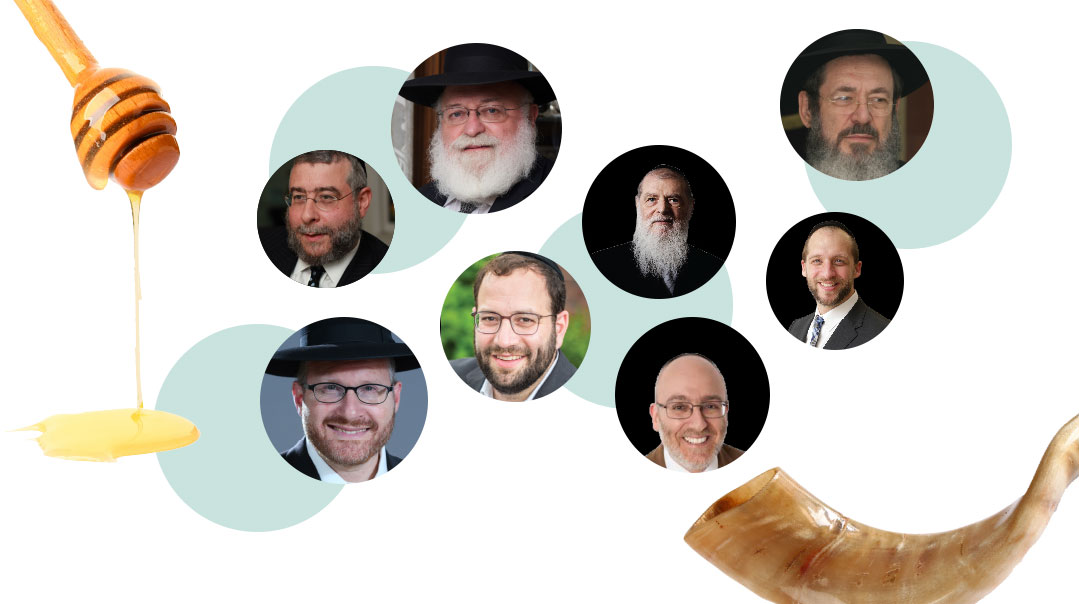
Niggunim associated with the Yamim Noraim always bring a flood of memories and associations. Whether it’s the tunes of a childhood shul, melodies from hallowed yeshivah days, of the sounds that accompany us from year to year, we anticipate the songs that signal blessings of renewal, hope, and faith. Which niggun from the Yamim Noraim davening are you waiting for?
Meir Lichtenstein
Mayor, Lakewood Township
The various niggunin for “Vechol Ma’aminim.”
Growing up, I davened at the Vialypoler shtibel in Flatbush, where the mara d’asra, Rav Yosef Frankel, was the baal tefillah. His davening was filled with deep emotion, projecting a feeling of awe and reverence for Hashem, and filled the kehillah — people of all ages — with hope and fortitude for the coming year. Very wisely, he had the young boys — under the direction of Reb Davie Farber —stand up front during many parts of the tefillah, including “Vechol Ma’aminim,” and “assist” the Rav with davening. In this way, we were able to join and feel part of the Rav’s warm davening. To this day, some 35 to 40 years later, those stirring niggunim still resonate with me. During these special days, when I meet people who attended the same shul, we sometimes take a minute to chant those beautiful, stirring niggunim which were instilled in our youth.
Rabbi Pinchas Goldschmidt
Chief Rabbi of Moscow
I’m waiting for the exquisite “Haben Yakir Li” composed by Louis Lewandowski. I remember hearing that sung for the first time back in 1989, when I walked into the Moscow Choral Synagogue during the chazzan and choir rehearsals.
Charlie Harary
Strategic adviser, motivational speaker, media host
I would say “Ki Anu Amecha.” To me, that’s the essence of Yamim Noraim, to sing about the fact that we are Hashem’s nation. To feel safe and secure in His hands. To feel proud that He is our King.
Rabbi Abish Brodt
Shaliach Tzibbur, singer, the voice of Regesh
For me personally, the nusach used in Yeshiva Torah Vodaath for the Unesaneh Tokef tefillah has always been the biggest source of hisorerus. The nusach itself is very melodic, and for the “Kevakoras” section I use either the Regesh composition or the well-known niggun for “Habeit miShamayim.” Another special part is the Modzhitzer tune for “Ein Kitzvah”— a very fitting introduction to Kedushah.
Rabbi Gavriel Friedman (Rav Gav)
International lecturer, rebbi at Aish HaTorah
There are some very beautiful niggunim for the Yamim Noraim, but what speaks to me more than any niggun are the words. What comes to mind is Unesaneh Tokef. It really gets me in the zone of the seriousness of the day. Another very powerful section is “Ki anu avadecha ve’atah adoneinu,” and the crowd favorite — “Chamol al ma’asecha.”
Rivie Schwebel
Singer, chazzan, Agudath Israel board of trustees
As a baal tefillah, I am always very moved by the words of “Hineni, he’ani mimaas,” where the chazzan reaches out directly to Hashem for help. As for niggunim, there’s one special one which I find coalesces the olam into one united whole, and that’s the tune I sing for “Ein Kitzvah.” It’s a fast, happy niggun which I heard my father use for that piece all the years that I stood next to him in Agudas Yisrael of 14th Avenue.
Elchanan Schwarz
Director of Crisis Intervention for BINA; voice of Fiveish
I look forward to the piyut “V’ovisa Tehillah” that’s recited on Yom Kippur during Shacharis and Mussaf. It describes how Hashem receives praise from the lofty malachim, yet still desires the praise of lowly human beings. Both the Telzer nusach that I grew up with and the Lakewood nusach I learned later in life use a majestic tune when singing about the malachim and a more sorrowful one when describing human beings. It’s a classic example of how the nusach enhances and reflects the words and essence of the piyut — something that seems to be getting rarer and rarer these days.
Yisroel Besser
Author, Mishpacha contributing editor
The baal tefillah in my shul sings various tunes for the three times we say “Areshes sefaseinu.” For one of them, he sings the tune of “Odcha Hashem Elokai,” a popular niggun often used at chuppahs, which was composed by my (wife’s) grandfather, Rav Hertzel Schechter, a veteran composer and kiruv educator in Yerushalayim. For my sons and me, it’s a special moment because we feel our own “zechus avos,” so crucial at this time of year, a reminder that Zaidy Schechter — whose niggunim are part of his essence, and whose voice I hear in each note of the song — is davening for us in Yerushalayim.
Rabbi Nosson Scherman
General editor, ArtScroll
The Yamim Noraim nusach of a person’s formative years stays with him for life, and it’s hard to adjust to different baalei tefillah, no matter how good they are. Torah Vodaath lore has it that Rav Shraga Feivel Mendlowitz taught the nusach to his son Reb Moshe Yitzchok, who taught it to Rav Mannis Mandel, and with minor variations it became the nusach of Rav Simcha Schustal. Their nusach for Unesaneh Tokef is engraved in my heart, and although I have davened with magnificent baalei tefillah in the years since Torah Vodaath and Bais Medrash Elyon, I still recite Unesaneh Tokef quietly with that cherished, moving nusach.
Rabbi Nachman Seltzer
Author and educator
As a baal tefillah, I’m looking forward mainly to the traditional Yamim Noraim Kaddish nusach, particularly the Kaddish right before everyone begins Mussaf, where the entire yeshivah of Mevasseret Tziyon where I daven is swept up in the powerful “Amein yehei Shemei Rabbah.” Beside the standard nusach, one niggun I use is a beautiful Yossi Green composition, originally sung by Avraham Fried on We Are Ready. The words come in right after Unesaneh Tokef — “Ki lo sachpotz bemos hameis… ve’ad yom moso techakeh lo… emes ki atah hu yotzram…” Everyone sings along, and it has the power to open hearts.
Rabbi Dr. Harvey Belovski
Rabbi, Golders Green Synagogue
As one of the baalei tefillah in my shul, I know that Shlomo Carlebach’s niggun for “Simchah Le’artzecha” gets the whole place singing along. It may just be the greatest niggun Carlebach ever composed. We have some members who attend shul very infrequently, so I always look for familiar tunes that they’ll recognize and enjoy.
Rabbi Shneur Aisenstark
Dean, Beth Jacob Seminary, Montreal
I am totally unmusical. I can start zemiros in one niggun and easily go to a second and a third without even knowing it. Yet I can listen to the nusach of Rosh Hashanah and Yom Kippur for hours. The Shulchan Aruch specifies that in addition to his other attributes, a baal tefillah should have a good voice. I’m especially waiting for Unesaneh Tokef and for the climax of “U’teshuvah, U’tefillah, U’tzedakah,” chanted in its time-honored tune.
(Originally featured in Mishpacha, Issue 779)
Oops! We could not locate your form.

